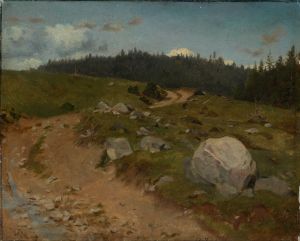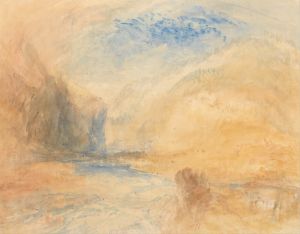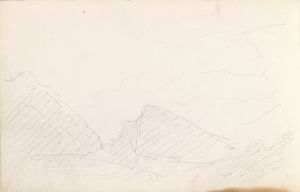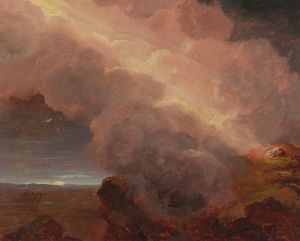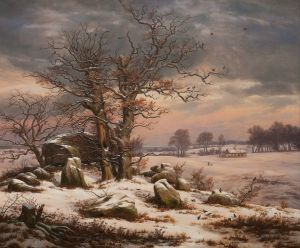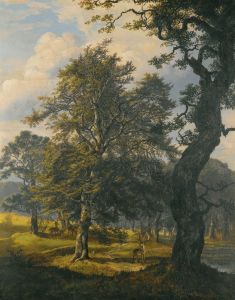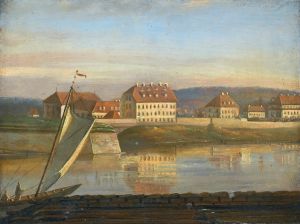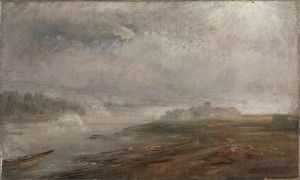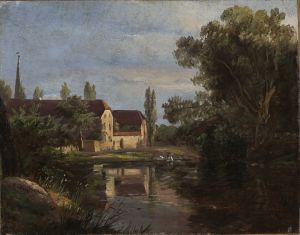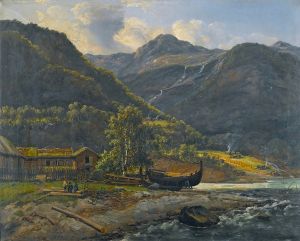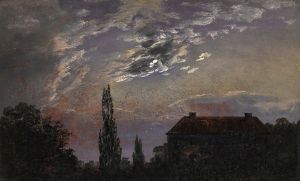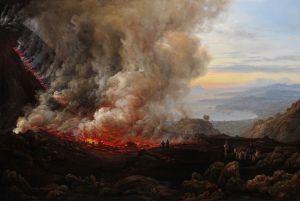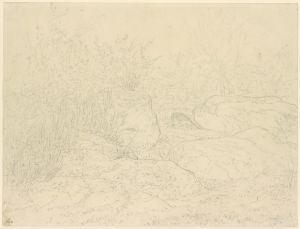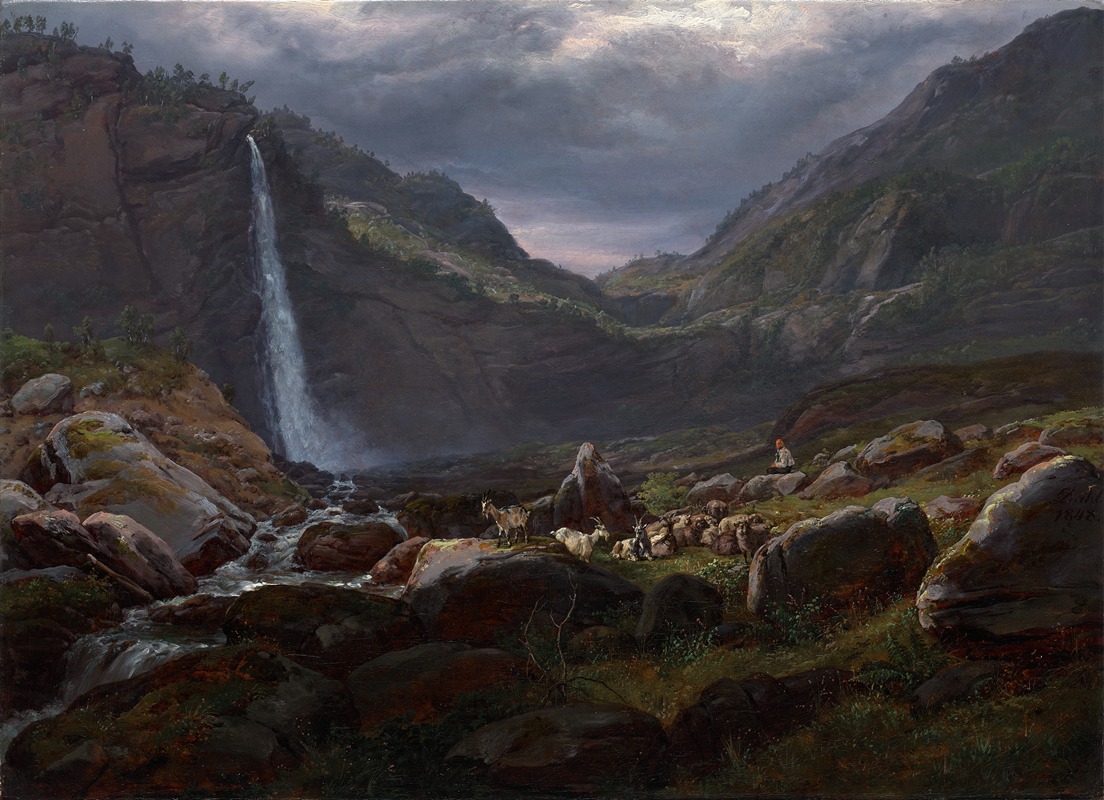
Feige Waterfall , Lysterfjord, Norway
A hand-painted replica of Johan Christian Dahl’s masterpiece Feige Waterfall , Lysterfjord, Norway, meticulously crafted by professional artists to capture the true essence of the original. Each piece is created with museum-quality canvas and rare mineral pigments, carefully painted by experienced artists with delicate brushstrokes and rich, layered colors to perfectly recreate the texture of the original artwork. Unlike machine-printed reproductions, this hand-painted version brings the painting to life, infused with the artist’s emotions and skill in every stroke. Whether for personal collection or home decoration, it instantly elevates the artistic atmosphere of any space.
Johan Christian Dahl's painting Feige Waterfall, Lysterfjord, Norway is a notable work by the Norwegian artist, often regarded as the father of Norwegian landscape painting and a central figure in the Romantic movement. Painted in 1827, this artwork exemplifies Dahl's dedication to capturing the grandeur and natural beauty of Norway's landscapes, which were a significant source of inspiration throughout his career.
The painting depicts the Feigefossen waterfall, located in Lusterfjord (Lusterfjorden), a branch of the Sognefjord in western Norway. Feigefossen is one of the highest waterfalls in Norway, with a vertical drop of approximately 218 meters (715 feet). Dahl's rendering of the scene emphasizes the dramatic scale of the waterfall, surrounded by rugged cliffs and lush greenery, characteristic of the Norwegian fjord landscape. The composition reflects his Romantic sensibilities, focusing on the sublime power of nature and its ability to evoke awe and wonder.
Dahl was deeply influenced by his travels through Norway, and he often sketched and painted en plein air to capture the essence of the country's natural environment. His works were also informed by his academic training in Copenhagen and his exposure to the Romantic art scene in Dresden, where he became associated with artists such as Caspar David Friedrich. Dahl's ability to combine precise observation with a sense of emotional resonance is evident in Feige Waterfall, Lysterfjord, Norway.
The painting is an oil on canvas and is part of Dahl's broader body of work that sought to document and celebrate Norway's natural heritage. His art played a significant role in fostering a sense of national identity during a time when Norway was seeking to assert its cultural independence following its union with Sweden in 1814. By highlighting the unique landscapes of his homeland, Dahl contributed to the Romantic-era fascination with nature and the sublime, while also promoting Norwegian scenery to an international audience.
Today, Feige Waterfall, Lysterfjord, Norway is recognized as an important example of Dahl's artistic legacy and his contribution to the Romantic landscape tradition. The painting is housed in the collection of the National Museum of Art, Architecture and Design in Oslo, Norway, where it continues to be appreciated for its artistic and historical significance.





